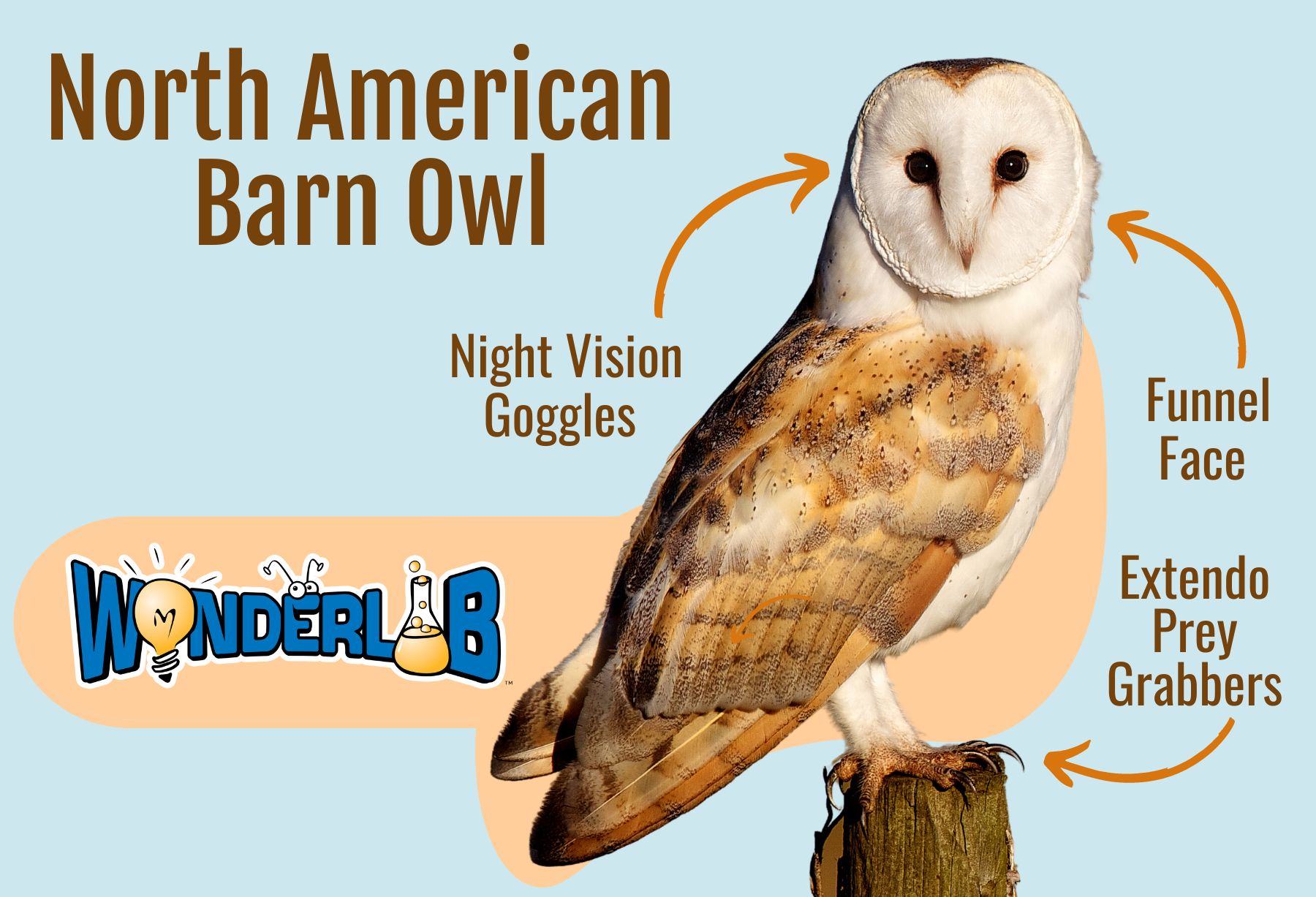
WHO is that in the darkness, watching from the trees? A blood-curdling shriek is carried on the breeze. If you’re out in the woods on a still, quiet night, a barn owl’s haunting screech could give you a fright.
This denizen of dark corners has collected quite a few unnerving nicknames, including banshee owl, hobgoblin owl, and even ghost owl because of its pale, ghostly appearance when hunting at night. Native American tribes refer to them as death owls, as they are thought to be bad omens. Whatever you may call them, North American barn owls (Tyto alba) are arguably one of the most fascinating creatures of the Americas. With big, beautiful eyes, a heart-shaped face, and mottled plumage that looks like toasted marshmallows, what’s not to love?
Night-Vision Goggles
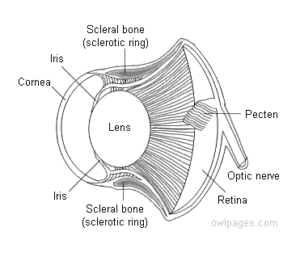
Owls have “eye tubes”, not spherical eyeballs like humans do. A tubular eye, though it might be 5% of the bird’s total body weight, actually takes up less space in an owl’s skull – and weighs less – than a spherical eye would. However, because of this unique shape, an owl’s eye cannot rotate. Instead, the barn owl must rotate its entire head to look around. Thanks to its 14 neck vertebrae, its head can move up to 270 degrees! (humans only have seven vertebrae and can only move their heads 180 degrees).
Similarly to humans, barn owls have eye components located within the retina called rods and cones. Rods help to track light and movement,whereas cones are helpful for discerning color. Barn owls have a higher ratio of rods to cones than we humans do (about 30 rods for every cone). This ratio, along with their large eyes, allows them to have impeccable night vision, suited for nocturnal hunting.
Learn more about amazing owl eyes from veterinarian Dr. Evan Anitin in this video.
Noise Funnel
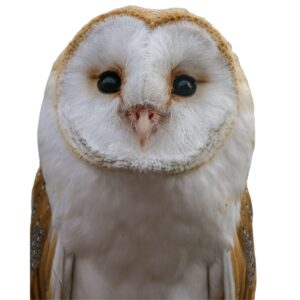
A barn owl has a concave ring of feathers outlining its face, referred to as a facial disc. Each feather is moveable, changing positions every so often to better funnel sound into asymmetrical ear openings.
Barn owls may be able to hunt prey by sound alone. Slightly offset ears, with one ear higher on its head than the other, are an adaptation used for pinpointing subtle noises of prey concealed by the darkness. Sound will reach the owl’s ears at different times, helping it quickly focus on the sound’s origin.
Extendo Prey Grabbers
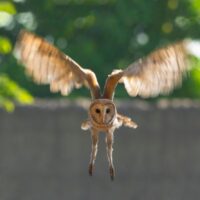
Barn owls are nocturnal, hunting rodents and other small mammals, as well as amphibians, reptiles, birds, and
even large moths. With remarkably long, extendable legs and dangerously sharp talons, barn owls can snatch their victims from deep within vegetation. The feathers found along a barn owl’s legs help minimize sound, allowing them to approach prey undetected. Barn owls will sometimes eat their prey whole and regurgitate any undigested parts later, such as skulls and bones. This regurgitated mass is called a pellet.
Sadly, barn owl populations are declining. As of 2017, only 43 barn owl nests were located in the state of Indiana. They rely heavily on grassland habitats, which have slowly been disappearing within Indiana for decades. Management strategies have included installing nesting boxes around the state in areas well-suited for barn owls. You can help save barn owls from becoming extinct here in Indiana by building your own nesting box, or by donating to the Indiana Nongame Wildlife Fund. Donations help fund nest-monitoring and the building of more nest boxes.
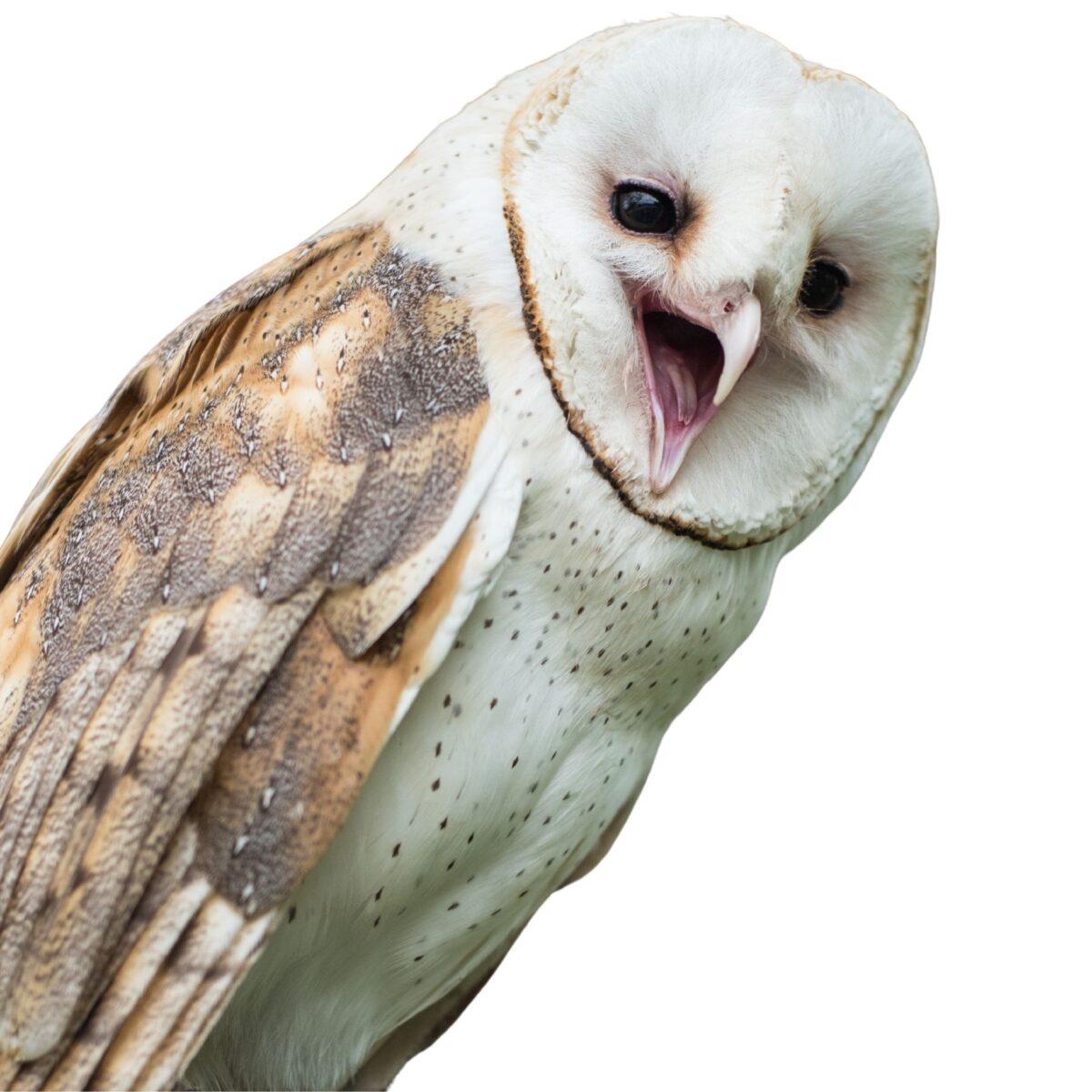
About the Author:
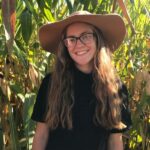
Tavia Hedrick is a development intern at WonderLab. She grew up in Terre Haute, Indiana watching ant hills, going on adventures into the woods with her nana, and searching for cool rocks for hours on end. Tavia has always felt a deep connection to nature and is continuing her studies in environmental science and public affairs to become a voice for those who cannot speak for themselves. Tavia hopes to spread awareness of this declining and beloved Indiana species, the North American Barn Owl.
Sources:
- Indiana Department of Natural Resources. “Barn Owl”. Accessed January 26, 2023 from DNR: Fish & Wildlife: Barn Owl (in.gov).
- Heisman, R. (2022, March 4).”Owl Be Seeing You; Amazing Facts About Owl Eyes”. American Bird Conservancy. Accessed January 26, 2023 from Amazing Facts About Owl Eyes | American Bird Conservancy (abcbirds.org).
- Hill, M. (2016, July 18). “It’s Hard to Hear from an Owl! Part 2: The Ears”. Buffalo Bill Center of the West. Accessed January 26, 2023 from Owl Hearing- Buffalo Bill Center of the West.
- Mittermeier, J. (2021, Sept. 7). “Why Are Owl Legs So Long? The Science Behind Those Lengthy Bird Limbs”. American Bird Conservancy. Accessed January 26, 2023 from Why Are Owl Legs So Long? The Science Behind Those Lengthy Limbs (abcbirds.org).
- Antin, Evan (2020, Nov 20). “What Makes Owl Eyesight So Powerful?”. Accessed February 2, 2023 from Seeker: Tusks to Tails, S1 E1.

Leave A Comment